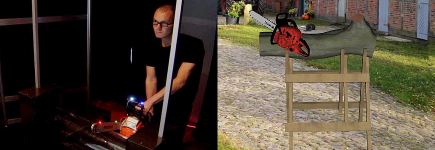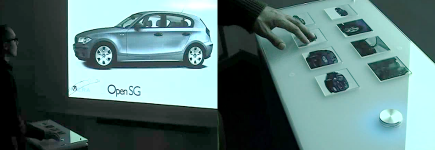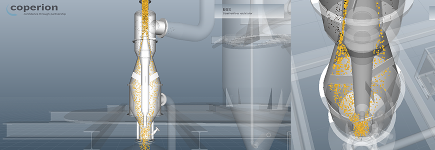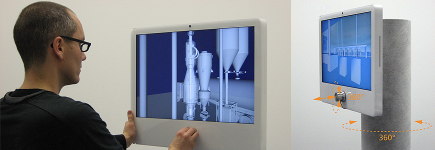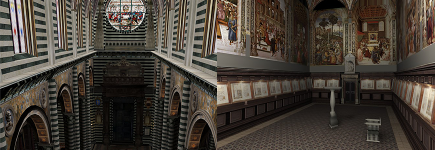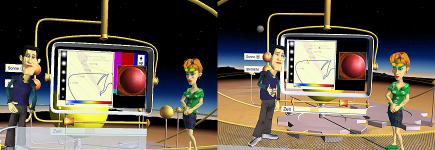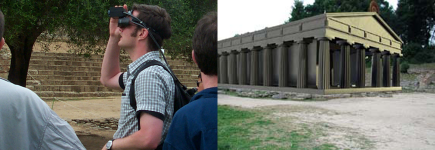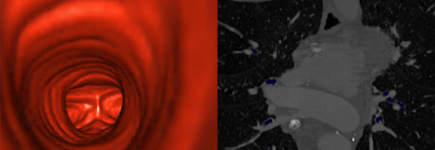

This project tries to find new possibilities for the representation of high statistic values by using the endless virtual space. One can operate, inspect and thus physically experience huge diagrams in the virtual reality by means of an avatar. To make the diagrams more
seizable one can compare them with objects e.g. the Eiffel Tower. The user can operate and navigate different layers with different topics by means of two interface devices a gamepad and a hmd. Sensors of touch and proximity induce the growth of diagrams and the representation of dynamic information. The project was developed as diploma thesis at the and the institute.
